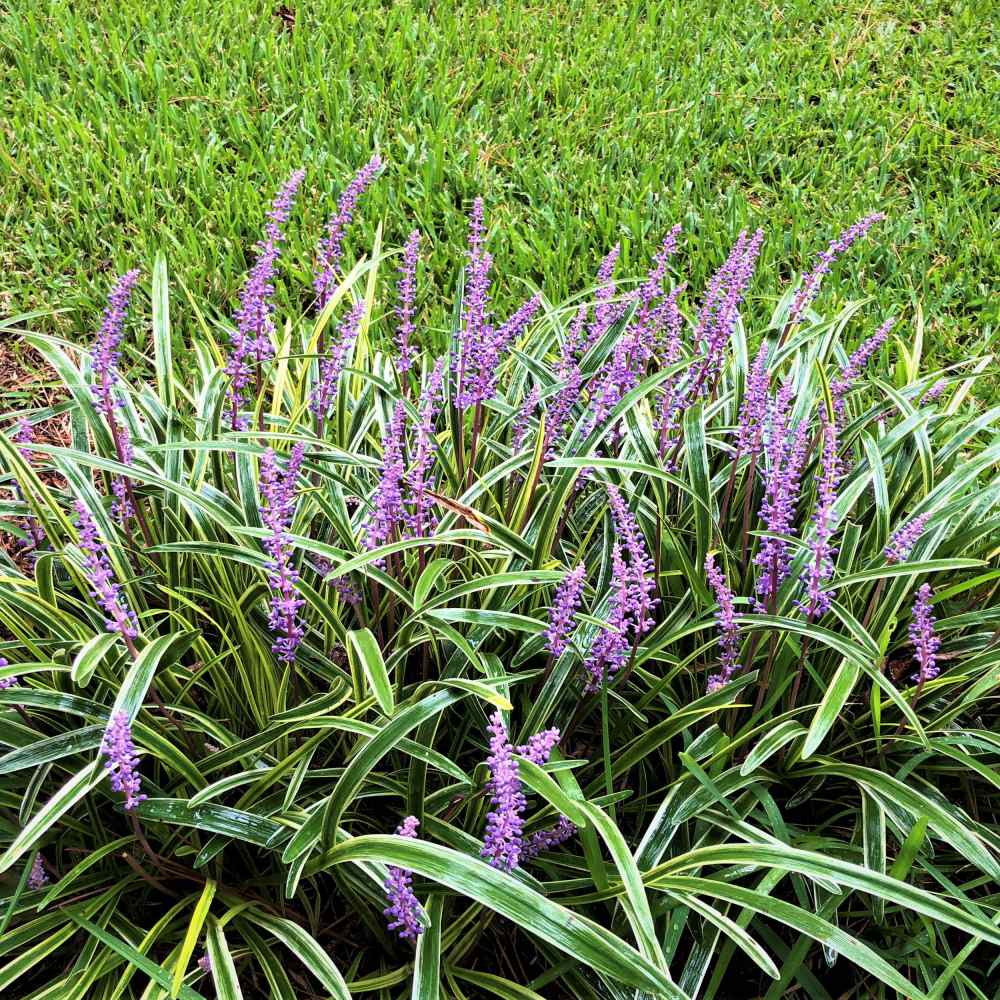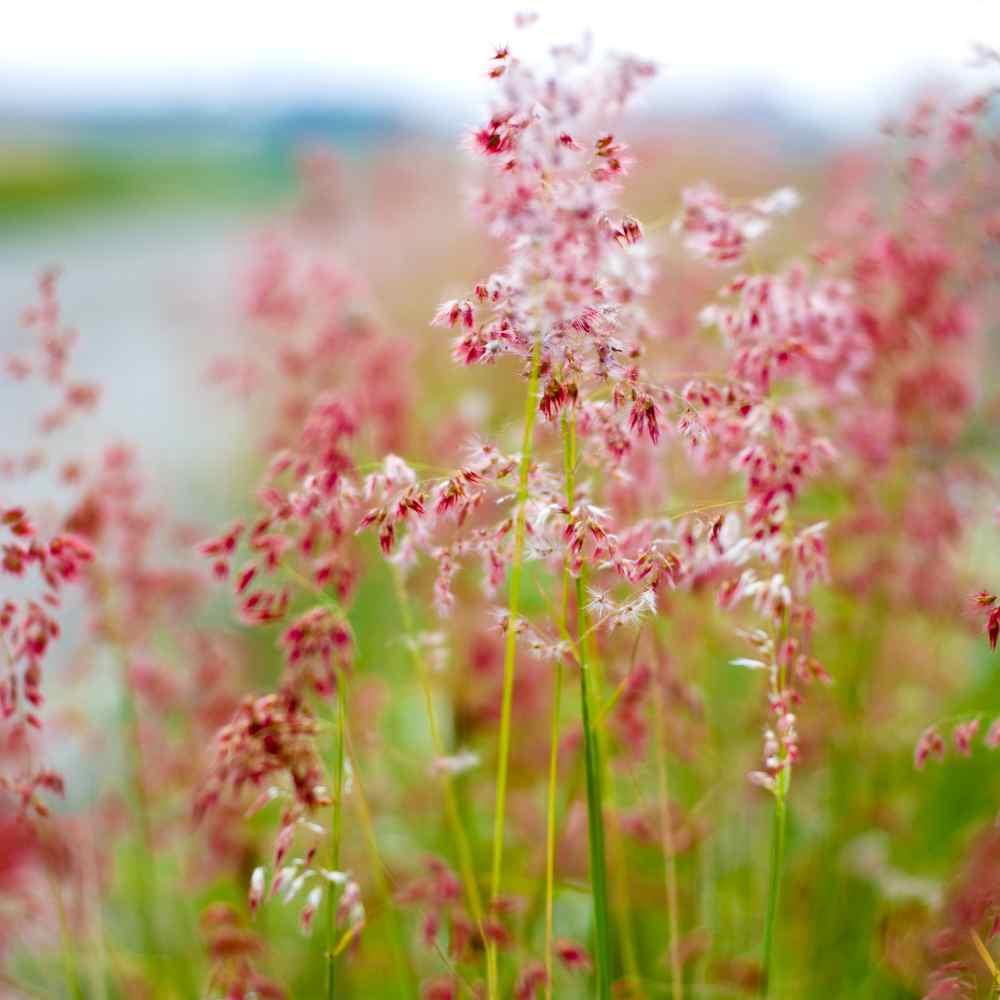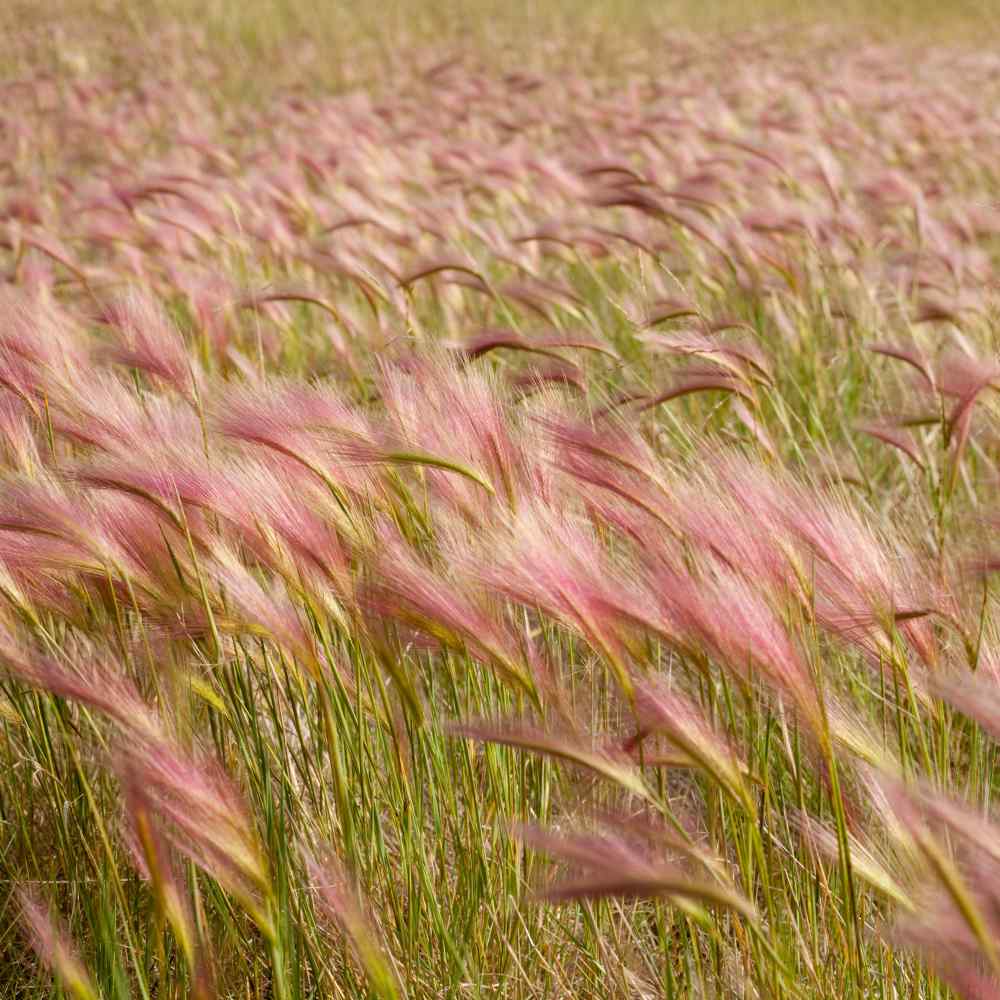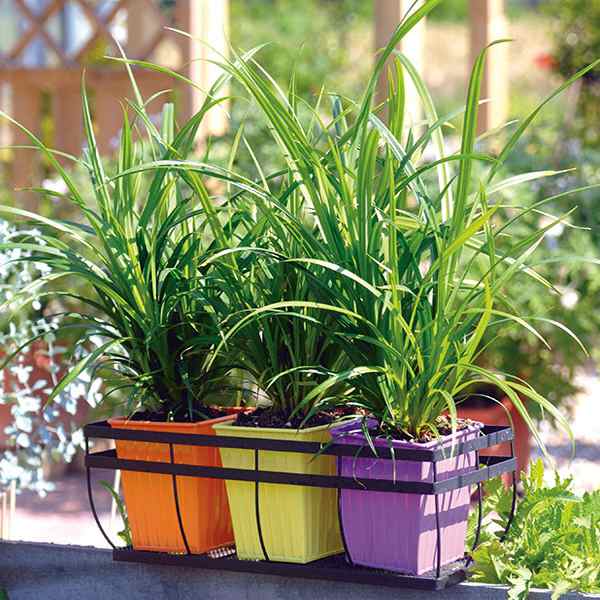
Monkey Grass Planting Guide
Quick Facts About Monkey Grass
Monkey Grass is a drought-tolerant edging plant. A popular ornamental grass, it works great as a decorative border or in a container. With its evergreen foliage and violet-blue flower spikes, it also makes an excellent ground cover for a xeriscape landscape.
Planting Time
Plant indoors 4 - 6 weeks before the last frost. Or, start directly outdoors after danger of frost has passed.

Planting Location
Plant in full sun to partial shade with average, medium, well-drained soil.
How to Plant Monkey Grass
- You have two options for planting seeds: Sow them directly into the garden at a depth of 1/4 inch after the risk of frost has passed. Alternatively, start seeds indoors four to six weeks before the average last frost date in spring.
- Plant 2 - 3 seeds per cell or plant.
- When planted indoors, use small pots filled with seed starting mix. Place the seeds into the soil and cover 1/4 inch with sand or soil. Keep the seeds moist, and place pots in the refrigerator until germination occurs.
- Once seedlings sprout, ensure they receive plenty of light by placing them on a sunny windowsill or positioning them 3-4 inches below fluorescent plant lights that are switched on for 16 hours daily and off for 8 hours at night. Adjust the lights as the plants grow taller. Avoid using incandescent bulbs as they generate excessive heat. Remember, most plants need a period of darkness to thrive, so do not keep the lights on for 24 hours.
- Transplant into garden when temperatures are consistently warm.
- Before transplanting seedlings into the garden, it's essential to "harden them off". This involves acclimating young plants to outdoor conditions by placing them in a sheltered outdoor area for about a week. Initially, shield them from strong winds and direct sunlight. If there's a risk of frost overnight, either cover the plants or bring them indoors, then return them outside in the morning. This hardening off method helps strengthen the plant's cell structure, minimizing transplant shock and sun damage.
- Space plants 12 - 24 inches apart in garden.

Care And Maintenance
- Maintain weed control throughout the growing season. Weeds can compete with plants for water, space, and nutrients, so it's essential to manage them by regular cultivation or by applying mulch to stop their seeds from sprouting.
- Keep weeds under control during the growing season. Weeds compete with plants for water, space and nutrients, so control them by either cultivating often or use a mulch to prevent their seeds from germinating.
- Mulches play a vital role in preserving soil moisture and ensuring consistent soil temperatures. When it comes to annuals, using organic mulch made from shredded leaves not only enhances the appearance of the bed but also enriches the soil as it decomposes over time. Remember to keep mulch away from the plant stems to avoid potential rot issues.
- During the first year of establishment, water whenever the soil appears dry. After establishment, water weekly.
- If a neat appearance is wanted, remove old foliage before new leaves emerge. Divide clumps every 2 - 3 years in the early spring. Mow in early spring to remove old foliage.




































